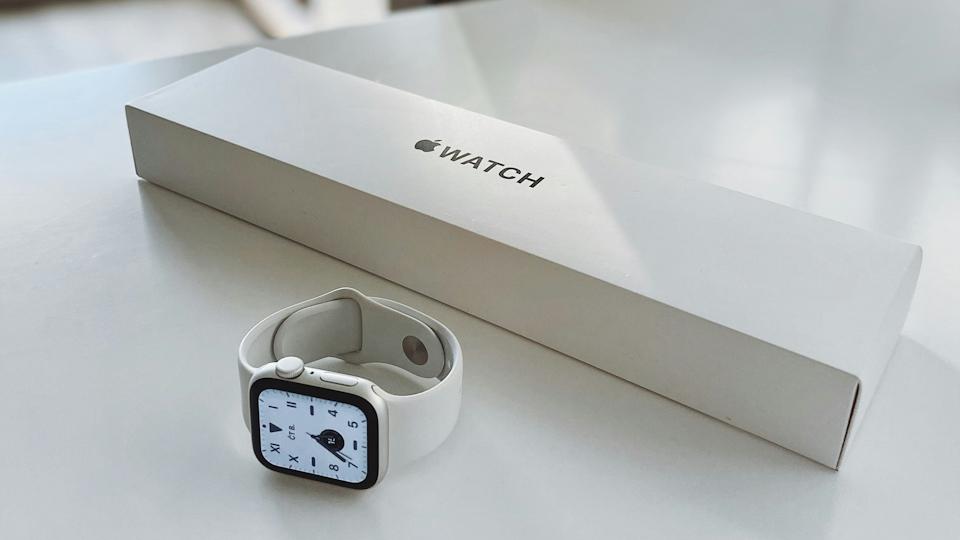Patient-centric advertising: Zero-party data's healing touch

In the intricate landscape of pharmaceutical advertising, treading the fine line between compliance and legal language regulations is comparable to a delicate tightrope walk. Creating pharma advertisements becomes a meticulous dance, considering the unique compliance standards of each company. What proves effective for one may not necessarily be applicable to another, underscoring the industry's intricacies.
Amidst this compliance labyrinth, pharmaceutical advertisers face the daunting task of navigating data collection, while respecting privacy regulations. As the imminent demise of third-party cookies and increased privacy regulations reshape the advertising landscape, reaching target audiences has evolved into a complex puzzle.
Enter a beacon of hope: zero-party data, or data voluntarily shared by consumers. In this landscape, where adherence to privacy regulations is paramount, zero-party data emerges as a healing touch. This strategic solution allows pharmaceutical companies to not only overcome data collection hurdles, but also foster patient-centric advertising. By engaging in conversations with potential patients about drug familiarity, symptoms, or current medications, advertisers can navigate restrictions with a cautious approach.
Understanding the patient: A broad-based approach
Pharmaceutical advertisers frequently encounter a challenge when addressing a diverse patient population dissatisfied with their current treatments. The dilemma lies in determining whether these individuals would consider switching to an alternative product and assessing their current dissatisfaction with existing medication. To navigate this situation successfully, employing strategies like competitive conquesting and incorporating thoughtful inquiries within advertisements proves to be effective.
The strategic imperative of deploying competitive conquesting becomes evident when advertisers aim to position their products in relation to competitors. This approach allows them to engage with qualified audiences by leveraging opportunities that arise. Using familiarity questions, like "Do you take any of these drugs?" and "Are you familiar with this drug?" serves as a subtle, yet powerful, tool. These inquiries not only foster connection by addressing personal experiences, but also open the door to tailoring messages based on individual responses.
To navigate the nuanced intricacies of customer needs, advertisers can employ thoughtful inquiries that delve into the fourth level of qualification. For instance, distinguishing between a common headache and dehydration, and over-the-counter remedies like Advil and conditions requiring prescription medication such as migraines. This nuanced approach respects privacy, while adhering to compliance guidelines, striking a balance between personalised engagement and regulatory standards.
In an effort to forge meaningful connections, pharma advertisers must tread carefully, recognising the fine line between relevance and intrusion. When coupled with thoughtful inquiries, competitive conquesting transcends traditional marketing strategies by delving into the intricacies of individual health experiences. Advertisers can ethically navigate these waters by embracing a customer-centric mindset, understanding the unique needs of their audience and tailoring messages accordingly. Respecting privacy and compliance guidelines, pharmaceutical advertisers not only connect with qualified audiences, but also build a foundation of trust, essential in an industry where credibility and patient well-being are paramount.
Discovering the unseen: Uncovering unaware patients for enhanced engagement
In the realm of healthcare, it takes time to communicate the advantages of a product, especially when aiming to pre-qualify potential beneficiaries. Speaking the language of the patients, demonstrating the assistance you can provide and identifying those who actively express interest are key elements in fostering patient engagement.
When dealing with sensitive medical conditions, it becomes crucial to collect zero-party data discreetly. As noted above, this could involve inquiring about the familiarity of patients with competitor drugs in the space, effectively distinguishing between sufferers and those using competitor medications in a compliant manner. Additionally, inquiries about drugs outside of the brand can be used to cross-reference information for a given disease state.
One effective strategy involves utilising branded advertisements to gauge consumer satisfaction with their current treatment. By identifying unsatisfied individuals, there is an opportunity to target them for potential medication switch. For instance, asking if they would be open to changing medications can help narrow down potential candidates worth pursuing.
In addition to reaching unsatisfied patients, some may not even realise they are suffering from a specific ailment. Consider gout as an example, where individuals might be unaware of its presence, despite potentially having other chronic conditions like kidney disease, often connected to gout. This is where the strategic use of zero-party data becomes pivotal in identifying both the unsatisfied and the unaware.
Creating ads with targeted questions, such as "Do you suffer from these symptoms?", serves as a gateway to uncovering hidden ailments. By systematically qualifying respondents through various diseases, advertisers can then deliver educational content tailored to specific conditions. This approach allows for a gradual narrowing down that starts with a broad audience and becomes increasingly personalised, ensuring more effective engagement with potential patients.
Engaging with empathy and compliance: Listening to the patient
To enhance the effectiveness of pharmaceutical advertising, adopting a patient-centric approach is crucial. Rather than imposing information, advertisers should prioritise listening to customers. In doing so, it’s also important to note how essential it is for pharmaceutical brands to engage with legal professionals to review advertisements, ensuring they steer clear of any legal implications in the process. The language used in ads should be not only compelling, but also legally compliant, leveraging existing terms to maintain consistency.
Legal experts, especially, value the concept of zero-party data, as it guarantees that no personally identifiable information (PII) is gathered. This paradigm shift allows for an opt-in approach, where consumers willingly participate in quizzes or surveys, reinforcing the principles of consent and respect for data privacy.
When crafting advertisements, it's advisable to avoid branded terms and opt for broader language. This strategy not only ensures compliance with legal standards, but also makes the process more acceptable to both lawyers and consumers. By aligning with regulatory requirements, advertisers not only mitigate legal risks, but also foster a positive consumer experience, avoiding any negative associations with intrusive advertising practices.
The healing touch of zero-party data in pharmaceutical advertising lies in its ability to enhance patient engagement and adherence. By speaking the language of patients, pharmaceutical advertisers can not only navigate the complex world of compliance, but also create campaigns that resonate, ultimately improving health outcomes in a truly patient-centric manner.













